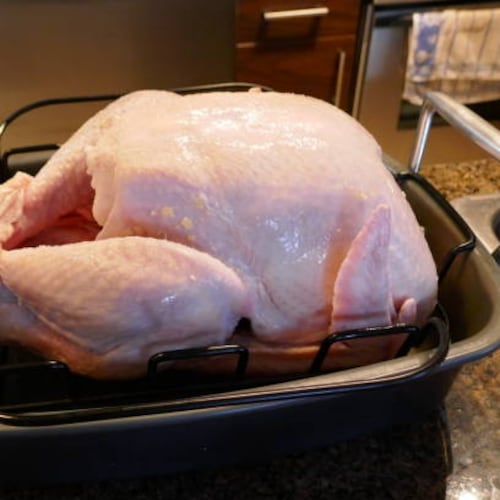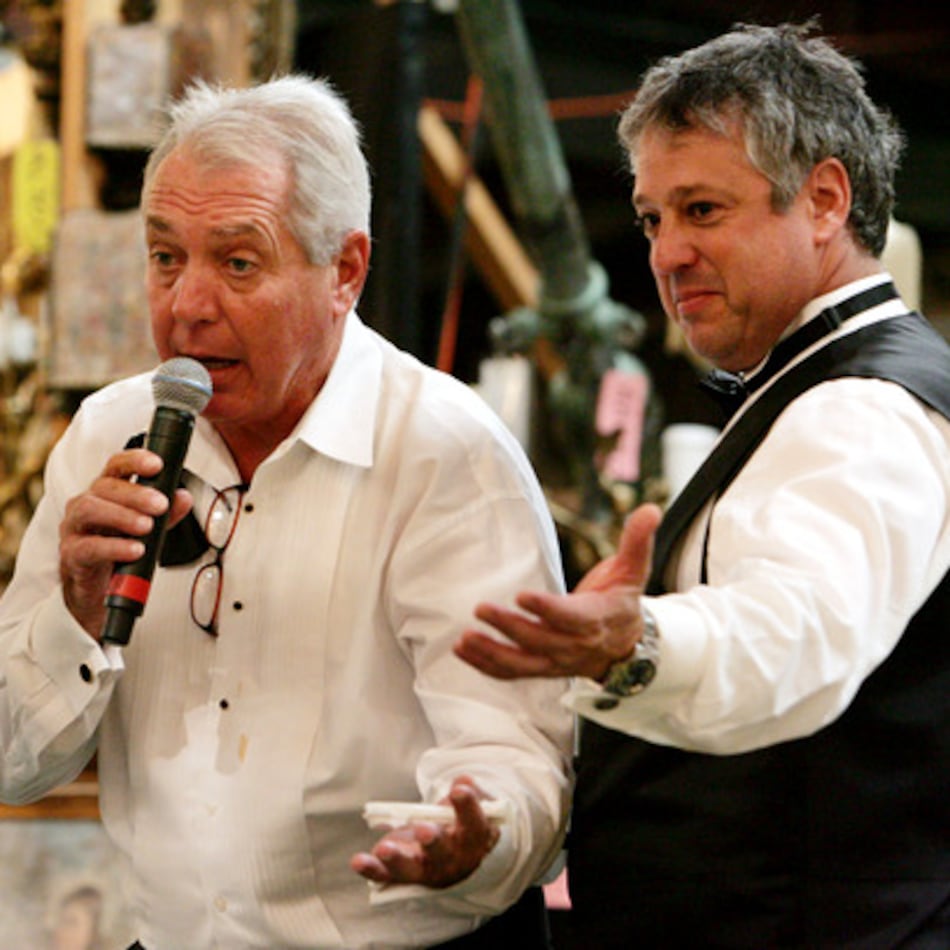Many states across the South, including Georgia and South Carolina, are being invaded by a dangerous, invasive grass that has been classified as “the seventh worst weed in the world”, according to forestry experts.
You may not realize it’s a weed at first because the wispy cogongrass appears attractive and produces white, fluffy seed heads between March and June. On a single head, the weed can produce up to 3,000 seeds, which are carried by the wind.
Cogongrass infests forests, pastures and roadsides, displacing native plants that birds and other animals rely on for food and shelter. It’s also highly flammable, resulting in dangerous wildfire conditions.
“This grass suppresses and eliminates natural vegetation thereby significantly reducing tree and plant regeneration, wildlife habitat, forage, and ecological diversity,” the Georgia Forestry Commission reported.
According to the GFC, cogongrass was introduced into the U.S. in 1911 near Grand Bay, Alabama, via seed packing material in shipping containers from Japan.
If you suspect you have cogongrass, visit gatrees.org to report it. A GFC representative will then inspect the area, and if confirmed to be the dangerous weed, “a chemical eradication program will be initiated at no expense to the landowner,” the GFC states on its website.
While you wait for an inspection, the GFC advises avoiding mowing through or near a known or suspected cogongrass spot, as this may spread seed and root fragments to other areas.
About the Author
The Latest
Featured


